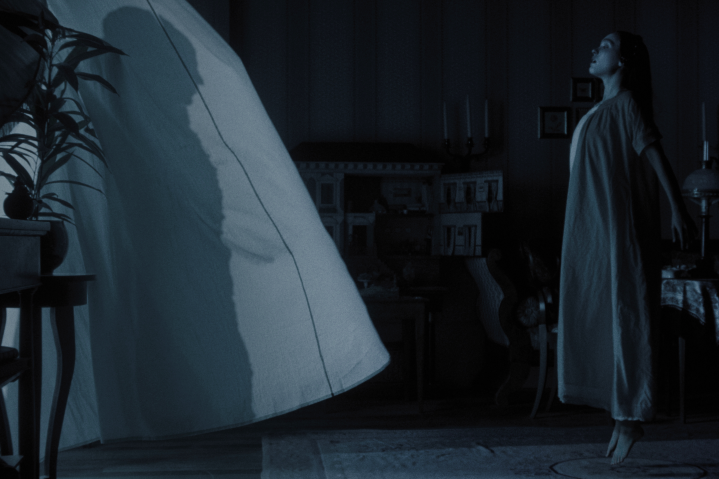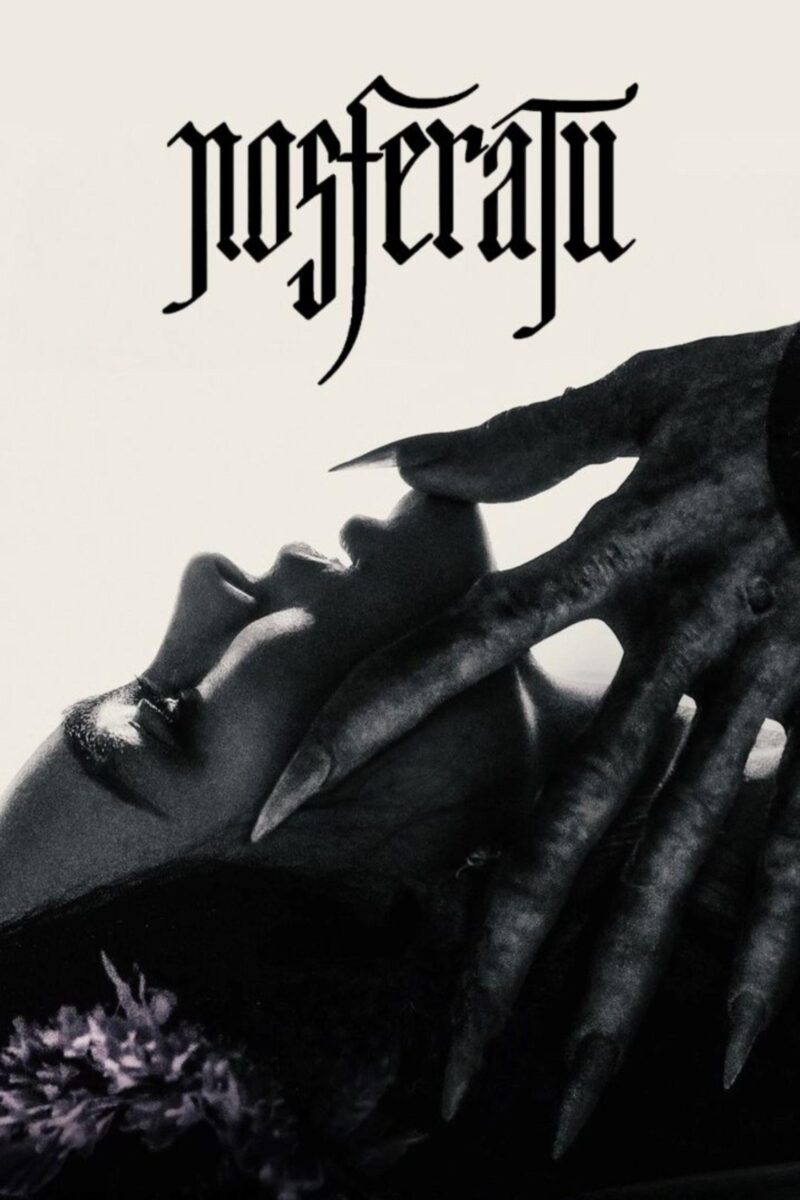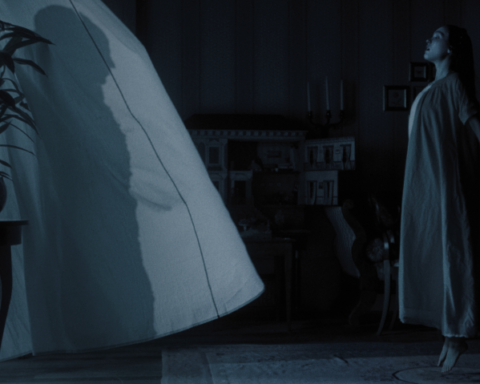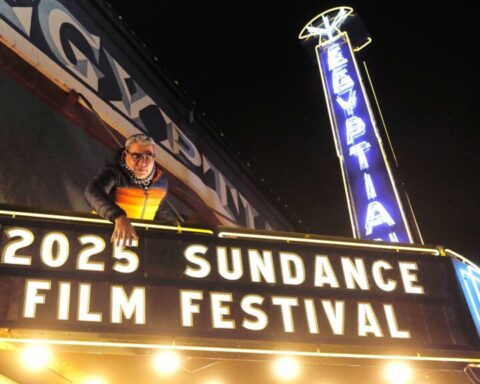Nosferatu (2024)
With the release of Nosferatu, which is at the top of my list of films I’m looking forward to in 2024, I can confidently say that the wait was worth it. Its story, plot, technical features, performances, and art direction all rank definitely at the top of the scale. I wonder if there’s an innovative element; it seems that might be the only thing missing.
Performances
Looking at the cast, the strong performances of Bill Skarsgard and Willem Dafoe were a given. Lily-Rose Depp’s performance was surprisingly good. I have a bad habit of exaggerating when I see something I love, but I can’t help but mention it: Ellen Hutter reminded me a lot of the character Anna from the film Possession (1981). Although Eggers’ production can be compared to previously made versions of Nosferatu, there are traces of Possession, especially in how Lily-Rose Depp portrays her character and in certain scenes. It’s hard to say that Anna who is also under influence is very different from Ellen.
A Gothic Tale
When considering Eggers’ filmography his tendency toward fairy tales and myths, anonymous, timeless oral traditions, stands out. Of course, all fiction is rooted in this tradition, but what sets fairy tales and myths apart is their focus on illuminating the hidden nature of humanity through indirect, metaphorical storytelling rather than literal narratives. The red apple we hear about isn’t just a red apple, and a monster carries meanings far beyond being a monster. The true magic of these stories lies in their ability to touch upon the things that unsettle us most, the things we often avoid confronting those deeply buried aspects of ourselves that still exert a powerful influence over our lives. It’s like touching a raw nerve: when we flinch, we realize there’s a secret waiting to be uncovered. Once we fall under this spell and chase after it, it can explode like a long-fused bomb in unexpected places. Sometimes we notice its connection to the story, sometimes we don’t. If we consciously stay engaged with the tale, we might reach a place where everyone interprets and sees something different. In short, some will be deeply disturbed by this film, while others will interpret it in various ways. None of these reactions are wrong, in my opinion.
The Female Figure and the Balance of Faith and Science
Just as human nature is boundless, so too are the realms of fairy tales and myths. What particularly interests me is how Eggers in tune with the zeitgeist delves into the nature of women. He often explores the duality of the seductive, irresistible nature of women alongside their self-sacrificing maternal side. The seductiveness of women in his films doesn’t align with the femme fatale archetype but leans more toward the witch archetype. He began exploring this in The Witch (2015) and the female character in Nosferatu takes it a step further.
Of course, women aren’t the sole focus. In the background, there’s also a dimension of faith and science. Faith can be blind belief, organized religion, or even superstition. Anything that transcends logic can be interpreted as a form of faith. Science, on the other hand, often plays tricks on us in Eggers’ films. Here, we see not his neutrality but his mischievous side, as if he’s a child setting his own rules in his own world, defying the progress of science. Today, we know the plague is a bacterial disease, but in his world, it’s caused by malevolent forces—a curse upon a city. In ancient times, it was believed that godless or nonconformist individuals, often women, brought curses to villages. Whether it was crops destroyed by frost, storms, dead infants, or epidemics, these calamities were blamed on these women. Thus, the witch archetype became a tool to make sense of the unknown and terrifying. Two birds with one stone: you could cope with helpless situations and punish those who didn’t fit into your life. Very functional, as long as you weren’t one of those women.
At this point, faith ties back to the female figure. In The Witch and Nosferatu, the scenes that struck me most were those involving mothers. In The Witch, the mother’s breast is torn apart, and instead of milk, blood flows. In Nosferatu, there’s the scene of the pregnant mother with one breast exposed and bloodied, rats crawling over her, as if she were nursing. The recurrence of this imagery in both films suggests that it’s something deeply unsettling and impactful for Eggers as well.
One viewer might be moved by the woman who, while her husband fearlessly dedicates his life to fighting eternal evil, engages in intimacy with the very source of that evil. Another might be haunted by the innocent children killed by the monster, the man who couldn’t protect his family or the madman who sold his soul. The list goes on. Thanks to the harmonious flow of these diverse and rich narratives each of us is unsettled by something different. And discomfort is good. If you’re watching a well-crafted piece, it’s even better.





